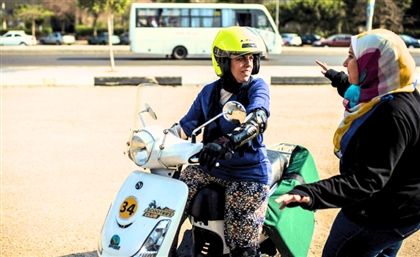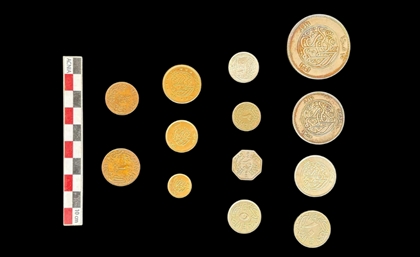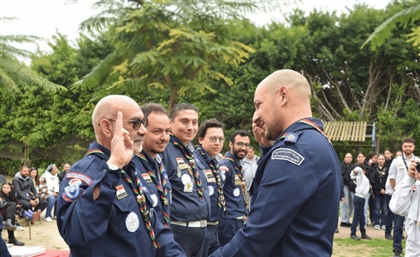Kimia Koochakzadeh-Yazdi Drops Persian Electroacoustic Album ‘Dožam’
Across five tracks, Kimia reimagines the sound of her hometown Tehran through sonic paradoxes of experimental electronics and Persian instrumentals.
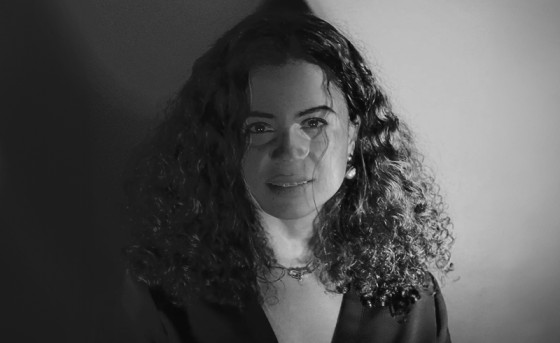
California/Canada-based Iranian composer Kimia Koochakzadeh-Yazdi interweaves traditional Persian instrumentals with electroacoustic sounds to reimagine the sound of her hometown Tehran on her latest album, ‘Dožam’.
“Tehran had a sense of chaos, and I tried to create routines and structures that would keep me grounded; in this album too, chaos exists within a structured world, more of micro-chaotic moments and gestures in a relatively organized world,” Kimia Koochakzadeh-Yazdi tells SceneNoise.
‘Dožam’, a five-piece record composed and produced by Kimia herself, echoes the shared experience of female artists under the constraints of the Islamic Republic of Iran, encapsulating a spectrum of emotions such as anger, sadness, frustration and distress through a cluster of sonic paradoxes.
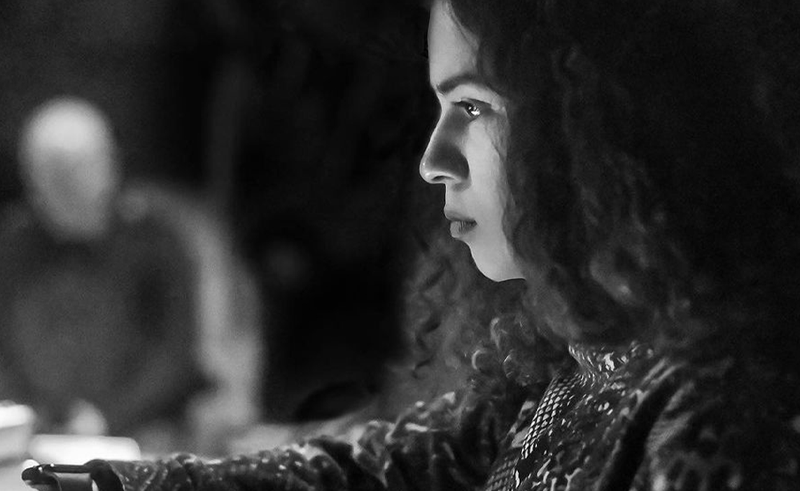 Each track draws from a distinct mode in traditional Persian music, which Kimia deftly manipulates using a range of electroacoustic techniques to have it co-exist with her heavy experimental electronic compositions. She contrasts these soulful melodic rhythms of her Iranian heritage with a cacophony of distorted noise textures, crafting a palette that, despite being packed with disparate sonic elements, is beautifully cohesive all the same. “I wanted to bring more exposure to traditional Iranian music and introduce it into the electronic music scene in the West, while also creating a type of experimental music that is more accessible and caters for a wider audience,” she tells us.
Each track draws from a distinct mode in traditional Persian music, which Kimia deftly manipulates using a range of electroacoustic techniques to have it co-exist with her heavy experimental electronic compositions. She contrasts these soulful melodic rhythms of her Iranian heritage with a cacophony of distorted noise textures, crafting a palette that, despite being packed with disparate sonic elements, is beautifully cohesive all the same. “I wanted to bring more exposure to traditional Iranian music and introduce it into the electronic music scene in the West, while also creating a type of experimental music that is more accessible and caters for a wider audience,” she tells us.
For each track on the album, Kimia collaborated with female musicians based in Iran, with whom she couldn’t be physically in the same room, and recorded their scores themselves at Saba Studio in Tehran, 11,844 kilometres away. Each one of these artists crafted an improvisational classic piece utilising only one traditional Persian/Iranian instrument, which Kimia integrated with samples from her previous experimental recordings of object sounds.
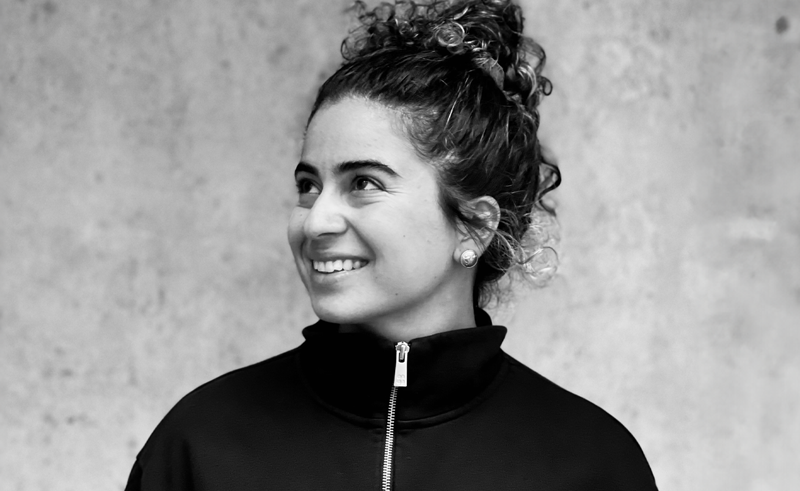 For instance, the album’s opener, ‘SABR’, is mainly structured around melodious Kamancheh arrangements, an Iranian bowed string musical tool that Negin Mohammadi used to create her score. While there appears to be distortion and noise textures accompanying the Kamancheh’s riffs, they are not at all overpowering, but rather harmoniously balanced. “My goal has been not to omit the human touch, to honour the organic flow of the improvisatory parts, and to have the physicality of the instruments and the performers be clearly heard and felt,” Kimia says.
For instance, the album’s opener, ‘SABR’, is mainly structured around melodious Kamancheh arrangements, an Iranian bowed string musical tool that Negin Mohammadi used to create her score. While there appears to be distortion and noise textures accompanying the Kamancheh’s riffs, they are not at all overpowering, but rather harmoniously balanced. “My goal has been not to omit the human touch, to honour the organic flow of the improvisatory parts, and to have the physicality of the instruments and the performers be clearly heard and felt,” Kimia says.
Despite the prohibition on Iranian female artists from singing solo vocal parts publicly, Kimia defied these restrictions by featuring Hiwa Seyfizade on vocals in the poignant track ‘VIERĀN’, amplifying female voices in Iran and granting them a platform to be heard. The track features hauntingly melancholic Persian poetry sung by Hiwa in high falsetto notes against the backdrop of distorted drum patterns.
Kimia’s frustration crystallises in the raw tension and obscure warped sounds on ‘ĀVĀR’, intersected with the heartbreakingly emotional violin score of Anahita Azimi.
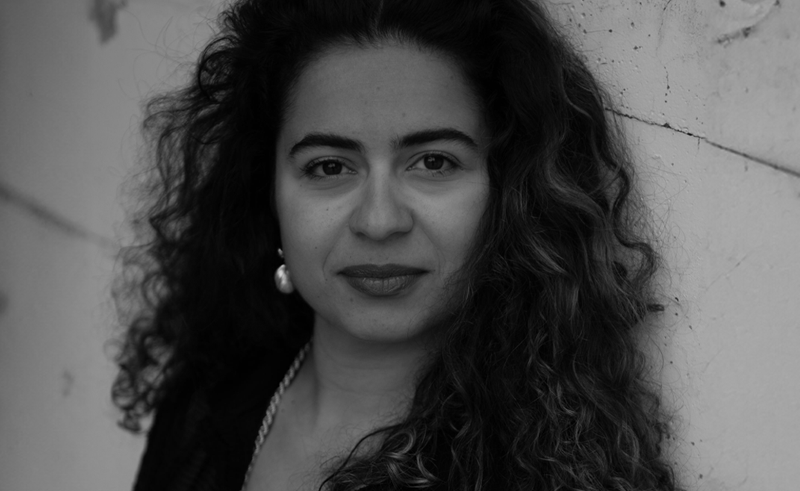 Meanwhile, tracks like ‘YĀD’ featuring Samar Araghi on Tar and ‘ROYĀ’ featuring Bahar Amrollahi playing Qanoon, lean more towards the spiritual sensibilities of traditional Persian music, where strings drift dreamily amidst a hypnotic trance beat.
Meanwhile, tracks like ‘YĀD’ featuring Samar Araghi on Tar and ‘ROYĀ’ featuring Bahar Amrollahi playing Qanoon, lean more towards the spiritual sensibilities of traditional Persian music, where strings drift dreamily amidst a hypnotic trance beat.
The album cover, designed by Shirin Azadi, depicts a pomegranate - a fruit used in traditional Persian celebrations - layered on top of a female hair silhouette. The album was brought to life through a grant Kimia received from the Canada Council for the Arts.
- Previous Article Italian-Palestinian Duo No Input Debuts Eponymous Electro EP
- Next Article A Century of Hospitality: Discover Egypt's Historical Hotels











